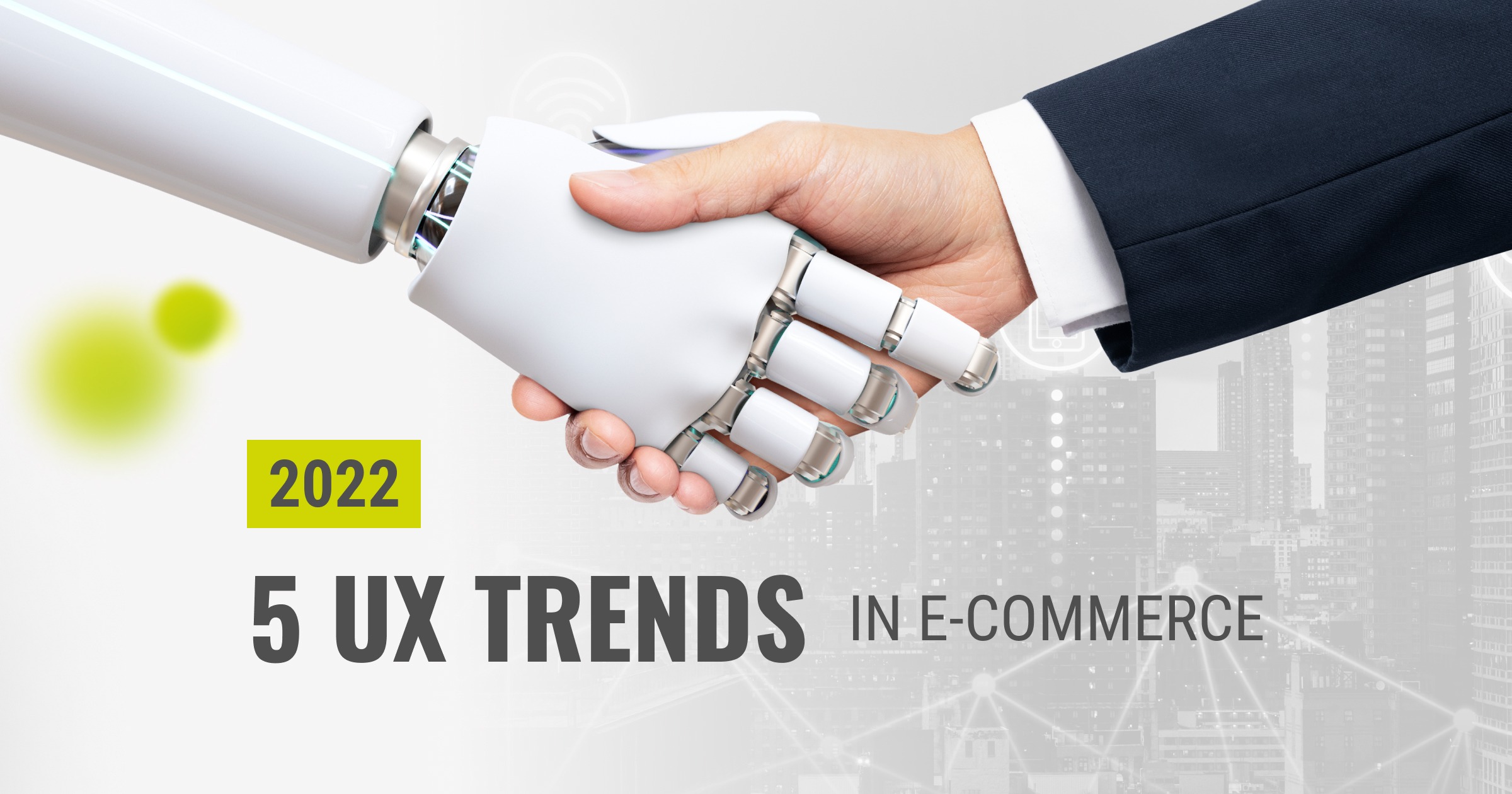
The rapid and continuous evolution of online shopping has made shoppers expect a faster, easier and more user-friendly purchasing experience than ever before. A single obstacle will make them switch to a competitor's website, which is why reliable UX design is now so critical for online retailers.
Our team has prepared a list of ‘5 UX trends for e-commerce’ which will help e-commerce companies deliver successful online shopping experiences in 2022:
1.Micro animations in eCommerce UI design
A Micro Animation is a small, mostly functional animation that supports users by providing visual feedback and reflecting changes more clearly.
Because UI / UX design technology micro-animation is constantly evolving, user interaction with the interface is no longer limited to static images. Micro Animation is also called Microinteraction, because it is a highly interactive process. Micro Animations greatly enhance feedback between a site and its users, since users constantly need to know what is happening during the interaction. This feature not only helps users to understand key interactions with the interface element, it also teaches them how to interact with the interface in general. For example, when a hamburger menu-icon changes shape during interaction with the icon and simultaneously opens a menu sidebar, we show the user what action will be enacted by clicking on this menu. In practice, micro animation is applied not only to menus but also to buttons, toggles, pictures of products, highlighting, error messages or even when adding products to the cart.
This approach is successfully used in the product list for made.com.
When the user hovers their mouse over a picture of the product, he can also see the product from different angles or how it looks in real-life examples.

2. Augmented reality as part of eCommerce website UI design
Augmented reality (AR) is slowly but surely becoming popular, thanks to a wide range of developments which include AR in websites and applications. And no wonder: users will always want online shopping to resemble its physical counterpart.
In most cases, online shoppers still have little opportunity to touch or test the product before ordering it. Happily, Augmented Reality is a good solution to this problem. Thanks to this technology, users can better understand the physical dimensions of a sofa, try on glasses before buying them or even manipulate items to see how designs will look like in real-life. Warby Parker’s website, for example, gives you the opportunity to try on glasses virtually to see how products will look on your face before purchasing them. In fact, this technology will bring online shopping even closer to regular shopping. In addition to accessories, this remarkable technology makes it easier to buy clothes, cosmetics or even furniture online.

3. Advanced Configurators & Personalized experience
A product configurator is a piece of software that provides an interactive process between available product options and the user. As a result, the user gets the opportunity to create a product that matches their unique preferences or needs. The Ray-Ban configurator is a good example, allowing the user to choose every detail of their product.

Such configurators are not only used in fashion but also inbmore practical industries such as mechanical engineering. For example, a person who wants to buy a car from BMW or Tesla can customize elements of mechanics or design and view these changes in real time. A product configurator is a great solution if an online store sells products that are difficult to visualize, such as bathroom tiles or exterior facade elements for construction projects. This technology helps customers understand what the end product will look like, reducing the time it takes for a site visitor to become the end customer. Not surprisingly, the popularity of this technology in online commerce is growing every year, since it contributes to a highly personalized shopping experience.
4. Easy checkout processes
A simple and convenient checkout is an advantage for both regular and new customers. Of course, optimizing a checkout requires much effort and research, but when a retailer notices that many users are not completing their purchases because there are no supported payment or delivery options, optimization is well worth it. In addition, optimization studies show which fields are difficult for customers to complete, or how entering a shipping address might be simplified. For example, a technology that fills in the address automatically after entering a zip code means much less effort for the shopper.
The shorter and simpler the checkout, the quicker and easier the buyer will be able to complete their purchase.That is why many large online stores apply a one-page checkout to ensure that customers can avoid switching between pages.
Another approach to creating a simple and quick checkout is to provide a ‘guest checkout’. Since online shoppers want to minimize their shopping time, forcing them to login might restrict them from speed shopping or even deter them from buying. However, entering an email for a guest checkout means they can still make purchases without unnecessary interruptions.
Adding easy payment methods is also an effective way to make the checkout process as efficient as possible. This is especially true for shoppers on mobile phones, an ever growing constituency. With an “Apple pay” or “PayPal” button, users get closer to a One-click checkout.
5. Using Advanced Social Proof
Although online shoppers have always preferred products with good star ratings, they now want to know the reviewer’s age, see how many reviewers were dissatisfied and what proportion were positive. Also, site visitors now check customer reviews to see if products really fit their official descriptions.
This is why many successful stores use product reviews to increase consumer trust and consequently, their sales. A striking example is the well-known American retailer Target.com which offers a ratings distribution summary, the ability to filter reviews and even select only reviews with photos.
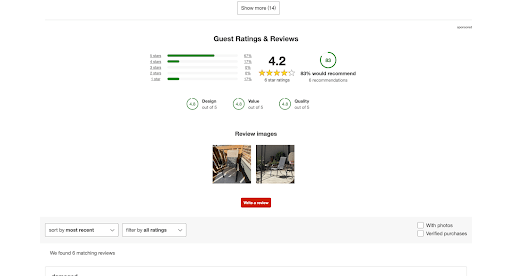
As a result, customers receive reliable reviews that contain both positive and negative comments that are quick and easy to view.
Social networks also offer reliable Social Proof, since they show how the product looks in real-world settings and showcase active levels of customer satisfaction. This approach is especially relevant for retailers of lifestyle goods such as clothing, furniture and precious jewelry.
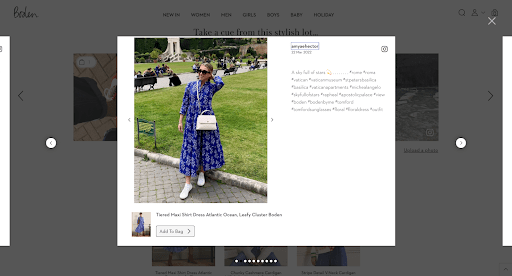
Example: Boden shows how their clothes look on regular customers using an instagram feed. Their online store also lets potential shoppers visit product pages while looking at instagram photos.
In Conclusion: UX Design is the Future of Shopping
While the rapid and constant developments in e-commerce may seem overwhelming at first glance, the experience of many online stores shows that only those who focus on delivering great shopping experiences via advanced and adaptable UX interfaces will achieve success.
Why Not Try Our Free UX Audit?
We offer a free UX audit service to identify which user experience elements on your website need improvement. Our comprehensive audit checklist is undertaken with no costs or further obligations on your part.
If you want a more detailed audit, our basic UX facelift offers a detailed UX report on every page of your website. Our professional UX audit offers all this plus an alternative homepage design for both desktop and mobile.
To request your free UX audit, please get in touch.

Some Key Luxinten Statistics:
- 50+ projects with annual support
- 30+ successful full Magento 2 migrations
- 250+ solutions implemented on Magento
- 99% customer retention rate
- Adobe Certified Experts
If you want to know more about any of our services, please contact us.



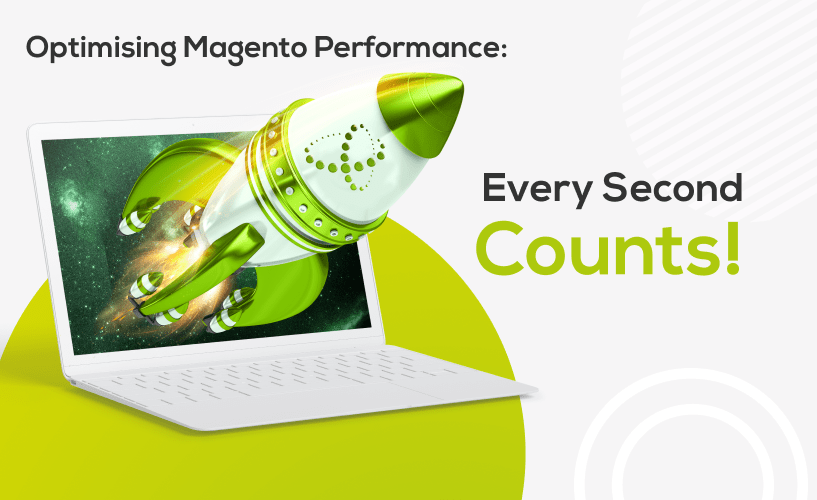
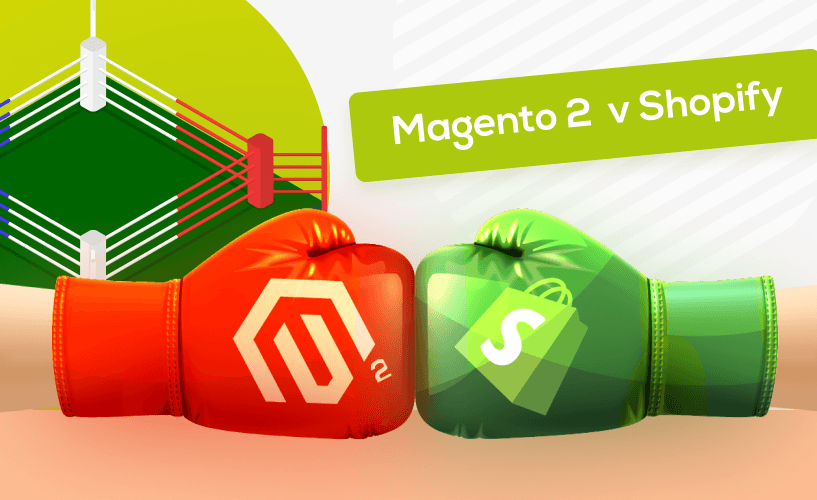

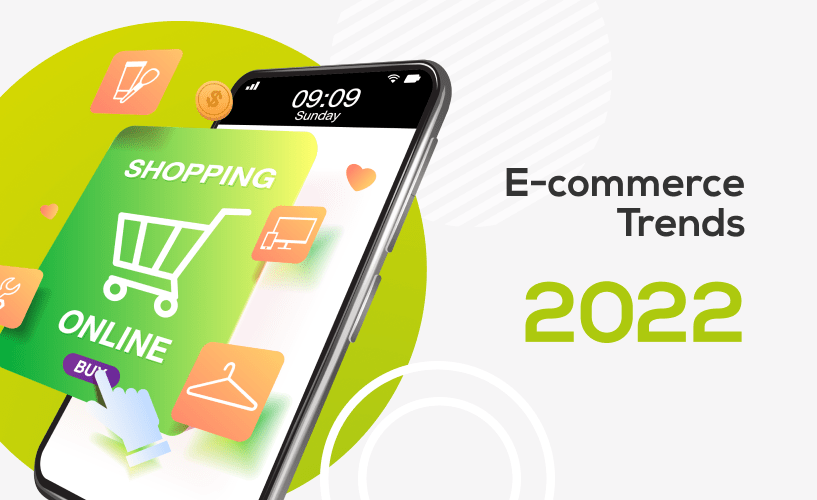
Add comment...
Comments